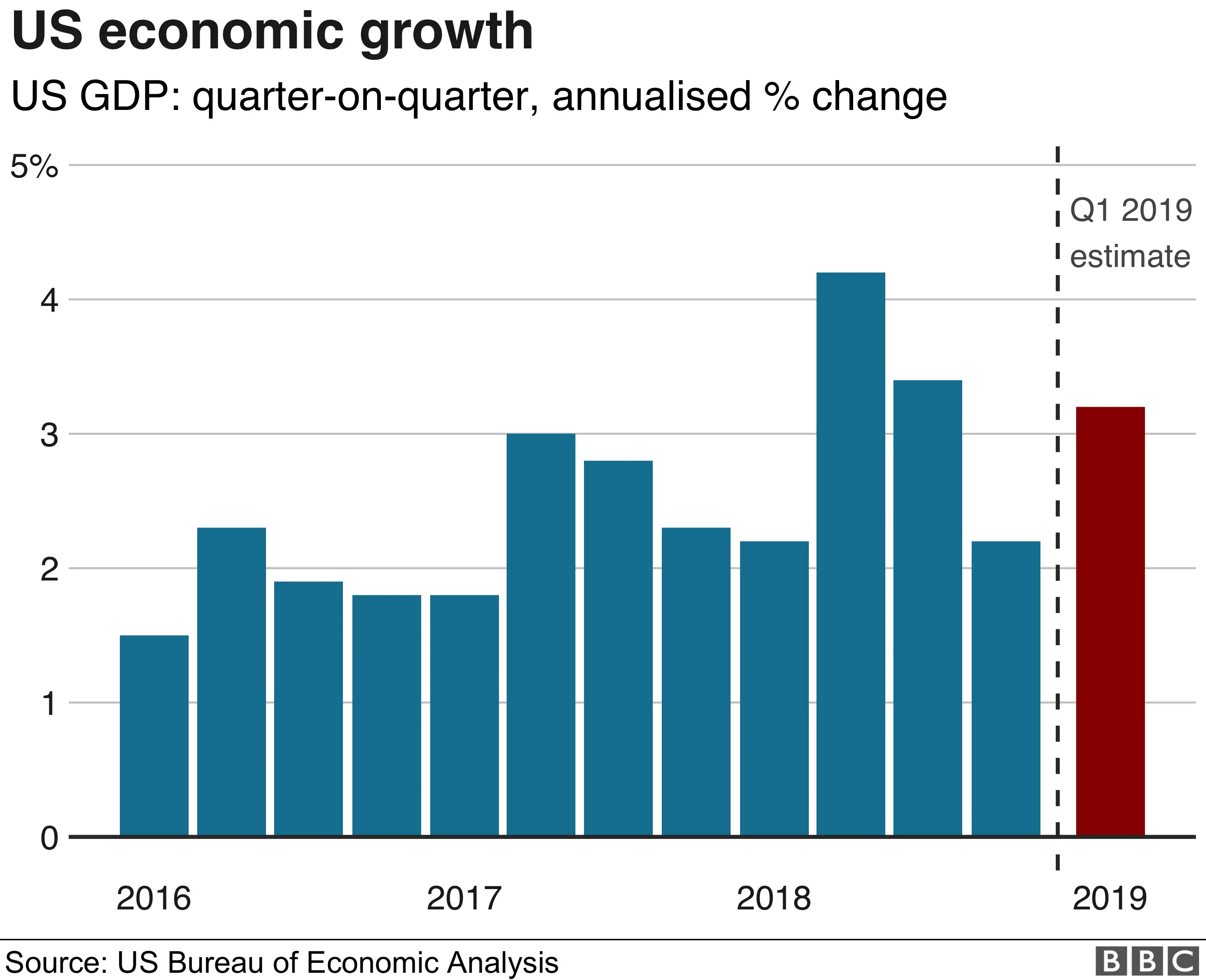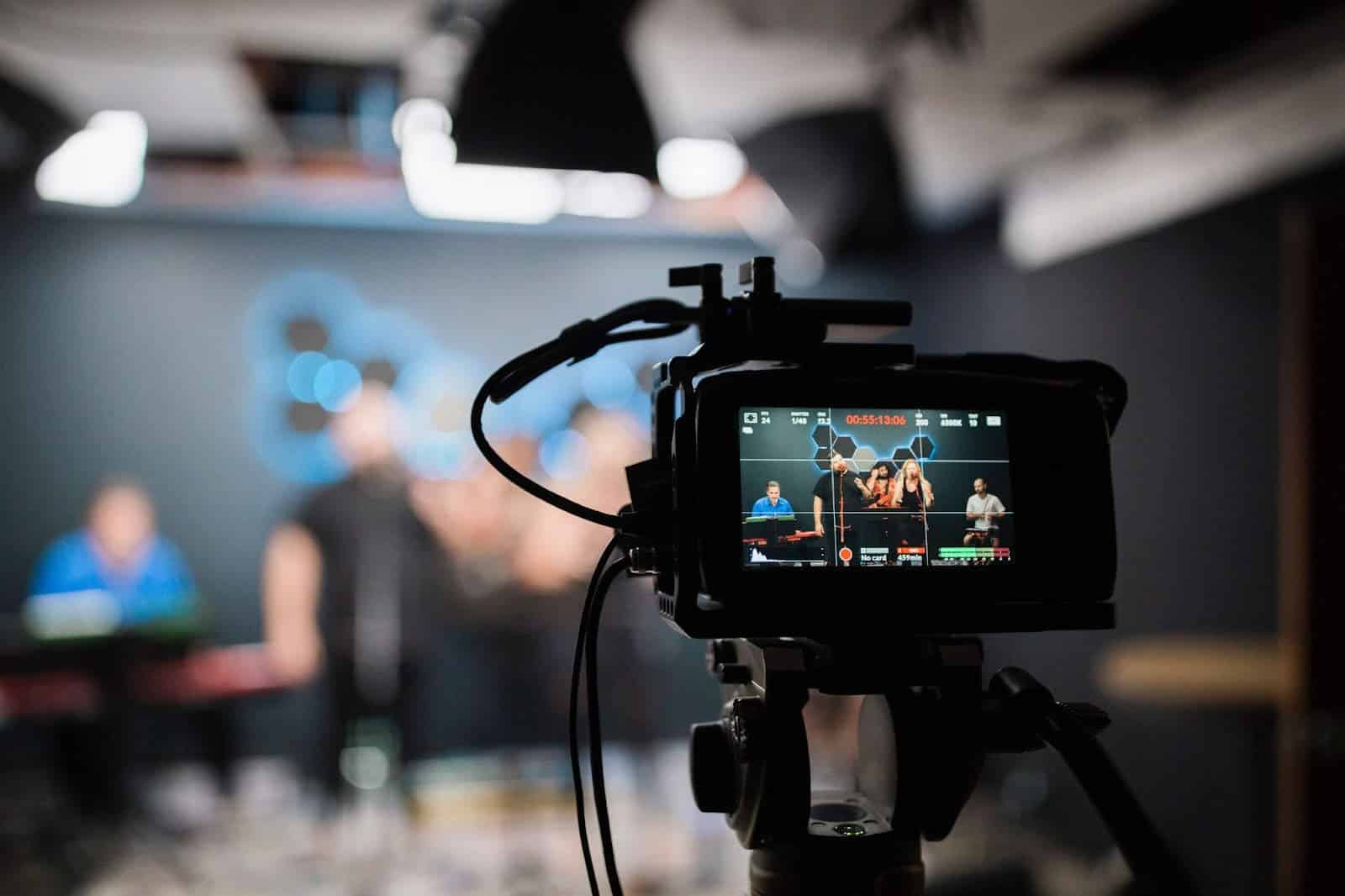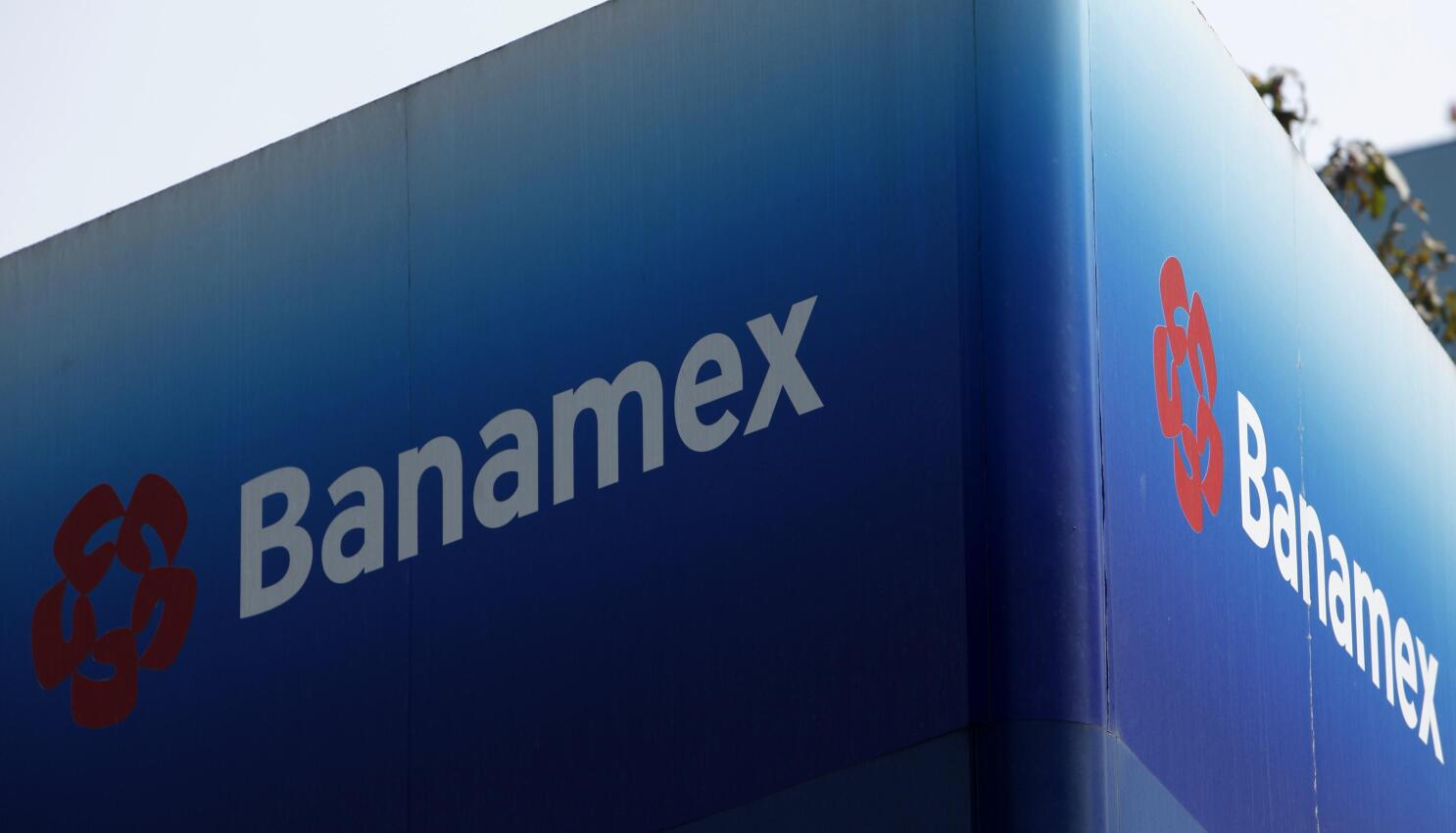Introduction to the US Economy
The US economy is one of the largest and most complex in the world, with many factors influencing its growth and stability. From government policies to global trade, the economy in the USA is shaped by a mix of domestic and international factors. Understanding the current state of the economy is essential for businesses, consumers, and policymakers alike.
Understanding Economic Indicators
Economic indicators are crucial for assessing the health of an economy. Key indicators include GDP, unemployment rate, inflation, and interest rates. These metrics help gauge the overall performance of the economy and can provide insights into potential changes in the future.
The Role of the Federal Reserve
The Federal Reserve, or “the Fed,” plays a pivotal role in managing the US economy. By adjusting interest rates and using other tools, the Fed attempts to control inflation and stabilize the economy. Its actions influence everything from borrowing costs to consumer spending.
Current Economic Landscape in the USA
So, what’s happening with the US mttimes.us right now? It’s been quite a rollercoaster ride, with ups and downs driven by multiple factors, including the global pandemic, supply chain disruptions, and shifting political landscapes. Let’s dive into the latest trends.
Growth Rate and GDP Trends
The Gross Domestic Product (GDP) of the United States reflects the value of all goods and services produced in the country. It’s a key metric for understanding economic health. After significant contractions during the pandemic, the US economy has been on a recovery path, with GDP growth rebounding, albeit at a slower pace in recent quarters.
Unemployment Rate and Job Market Trends
The job market in the US has seen significant shifts in the wake of the COVID-19 pandemic. The unemployment rate, once at historic highs, has gradually improved. However, challenges remain, such as labor shortages in certain sectors and the growing trend of remote work, which has changed how many businesses operate.
Inflation and Consumer Prices
One of the most talked-about topics in recent times has been inflation. With prices rising across the board, from groceries to gas, the cost of living has increased for many Americans. Inflation is driven by multiple factors, including supply chain disruptions, energy prices, and government stimulus measures.
The Effects of Inflation on Everyday Americans
Inflation directly affects the daily lives of citizens. Higher prices for essentials like food, gas, and housing can put a strain on household budgets. For many, it’s a balancing act between income and rising costs. It also impacts savings, as inflation erodes the purchasing power of money over time.
Government Policies and Economic Impact
Government policies play a significant role in shaping the economy. Whether it’s fiscal stimulus packages, tax reforms, or social programs, these decisions can have far-reaching effects.
Fiscal Stimulus and Its Effects
In response to economic challenges like the pandemic, the US government passed large fiscal stimulus packages to support businesses and individuals. These measures were aimed at boosting consumption and helping people through tough times. However, some critics argue that too much stimulus can lead to higher inflation.
Tax Cuts and Their Economic Consequences
Tax cuts have been a major part of US economic policy for years, with both Democrats and Republicans using them to stimulate growth. While tax cuts are often seen as a way to put more money in consumers’ pockets, they can also lead to larger deficits if not offset by spending cuts. The debate continues: Do tax cuts really stimulate growth, or do they just increase inequality?
Pros and Cons of Tax Cuts for the Average American
For many middle-class Americans, tax cuts provide immediate financial relief. However, critics argue that the benefits of tax cuts disproportionately favor the wealthier segments of society, leading to a wider wealth gap. The true impact of tax cuts on the average person depends on how they are structured and the broader economic context.
Trade and Global Economy: USA’s Role
The global economy is intricately linked to that of the United States. Trade relations, international markets, and global events can all affect the US economy in profound ways.
The USA’s Trade Deficit and Its Effects
The US has long had a trade deficit, meaning it imports more than it exports. While this has led to concerns about the country’s financial stability, it also reflects the country’s ability to consume goods from around the world. However, ongoing trade deficits can result in borrowing from foreign nations, potentially leading to long-term economic challenges.
Global Trade Agreements and Their Impact on the US Economy
Trade agreements such as NAFTA (now USMCA) and the Trans-Pacific Partnership (TPP) play a critical role in determining the flow of goods and services between countries. These agreements aim to reduce tariffs and barriers to trade, ultimately benefiting consumers by lowering prices. However, they can also have negative consequences for certain industries and workers.
Future Outlook: What Lies Ahead for the US Economy?
Looking forward, there are several factors that will likely influence the US economy, from political shifts to technological innovations.
Predictions for the US GDP in the Coming Years
Economists are cautiously optimistic about the future, predicting steady growth for the US economy, though at a slower pace than the recovery seen immediately following the pandemic. Much will depend on how well the government manages inflation, interest rates, and job creation.
The Role of Technology and Innovation in Economic Growth
One of the most exciting areas of economic growth in the US is in technology. From artificial intelligence to renewable energy, innovation is driving new industries and creating job opportunities. As technology continues to evolve, it could reshape the economy in ways we can only begin to imagine.
Automation and AI: Are We Ready for the Future of Work?
The rise of automation and artificial intelligence (AI) is a double-edged sword. On the one hand, it promises increased productivity and economic growth. On the other hand, it raises concerns about job displacement and the future of work. Will Americans be ready for this technological revolution, or will it leave many behind?
Conclusion: Navigating the Current Economic Challenges
The US economy is facing many challenges, but it’s also full of opportunities. While inflation and global uncertainties remain pressing issues, innovation, fiscal policies, and strong consumer spending may help steer the economy toward continued growth. As we move forward, it’s crucial for policymakers and businesses to adapt to changing conditions and look for ways to create a more resilient economy.






